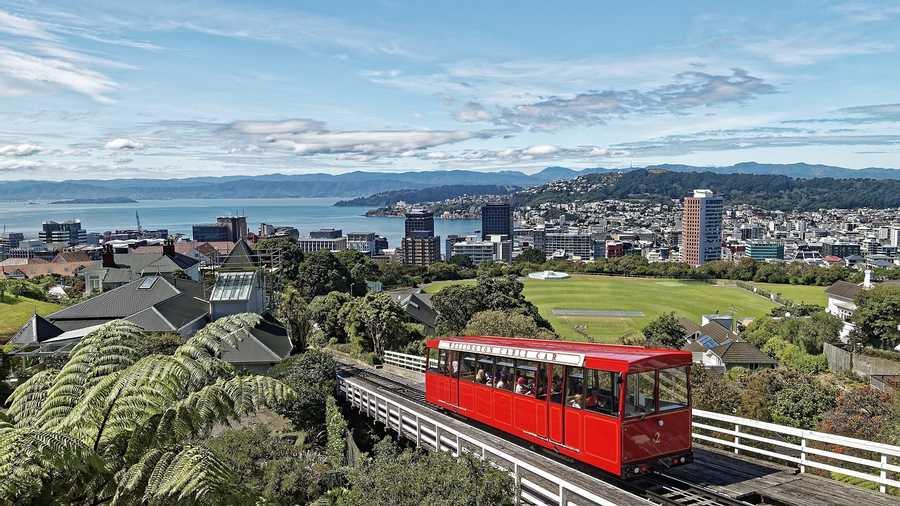Explore the World's Best Ideas
Join today and uncover 100+ curated journeys from 50+ topics. Unlock access to our mobile app with extensive features.
Wellington - the capital city of New Zealand
The bayside city has a population of about 200,000 people. It has red cable cars and its Old Government Building - constructed in 1876 - is still one of the world's largest wooden structures. Wellington is known as one of the easiest places in the world to start a business.
Legend has it that the Māori chief Kupe first discovered the city's site in the late 10th century. After noticing the location for trade, an English colonel purchased the land in 1839 for the British settlers.
4
156 reads
Population of New Zealand
New Zealand has no agreed-upon "Independence Day." The country's sovereignty came about gradually, with main events in 1857, 1907, 1947, and 1987. In 1987, New Zealand revoked all residual UK legislative power.
By 1886, most of the non-Māori residents were New Zealand-born and not British immigrants. By 1896, New Zealand had over 700,000 British immigrants and descendants, and about 40,000 Māori.
4
72 reads
Women excluded from politics
Political power used to be concentrated mainly among the royal family, while most people, male and female, lacked a voice in political decisions. When a wave of democratisation in the 19th century expanded to include men, women were denied the right to vote because it was believed that they were suited only to the domestic sphere.
But, by the late 19th century, as more women entered professional fields, women were seen as more able to participate in the public sphere.
7
106 reads
Reasons men supported the suffrage movement
In 1891 - 1893, suffragettes such as Kate Sheppard gathered signatures and compiled a series of massive petitions calling on parliament to enact female suffrage. The 1893 petition for female suffrage gained over 24,000 signatures that were submitted to the parliament in Wellington.
New Zealand's men supported the suffrage movement. As a "colonial frontier" country, New Zealand had far more men than women and believed that an influx of women would stabilise the society. Women were thought to be morally superior, and that a society where women could vote would increase morality.
5
37 reads
Women are given the right to vote
In 1893, New Zealand was the first country to give women the right to vote. It was revolutionary at the time.
Since then, New Zealand has had three female prime ministers. Women have held each of New Zealand's key constitutional positions in government. New Zealand has also had a female governor-general, speaker of the House of Representatives, attorney general, and chief justice.
5
37 reads
IDEAS CURATED BY
Aarna Agarwal's ideas are part of this journey:
Learn more about history with this collection
The historical significance of urban centers
The impact of cultural and technological advances
The role of urban centers in shaping society
Related collections
Similar ideas
6 ideas
Heroes of Progress: Kate Sheppard
humanprogress.org
7 ideas
7 ideas
What can the faces on its currency tell us about a country?
nationalgeographic.com
Read & Learn
20x Faster
without
deepstash
with
deepstash
with
deepstash
Personalized microlearning
—
100+ Learning Journeys
—
Access to 200,000+ ideas
—
Access to the mobile app
—
Unlimited idea saving
—
—
Unlimited history
—
—
Unlimited listening to ideas
—
—
Downloading & offline access
—
—
Supercharge your mind with one idea per day
Enter your email and spend 1 minute every day to learn something new.
I agree to receive email updates

